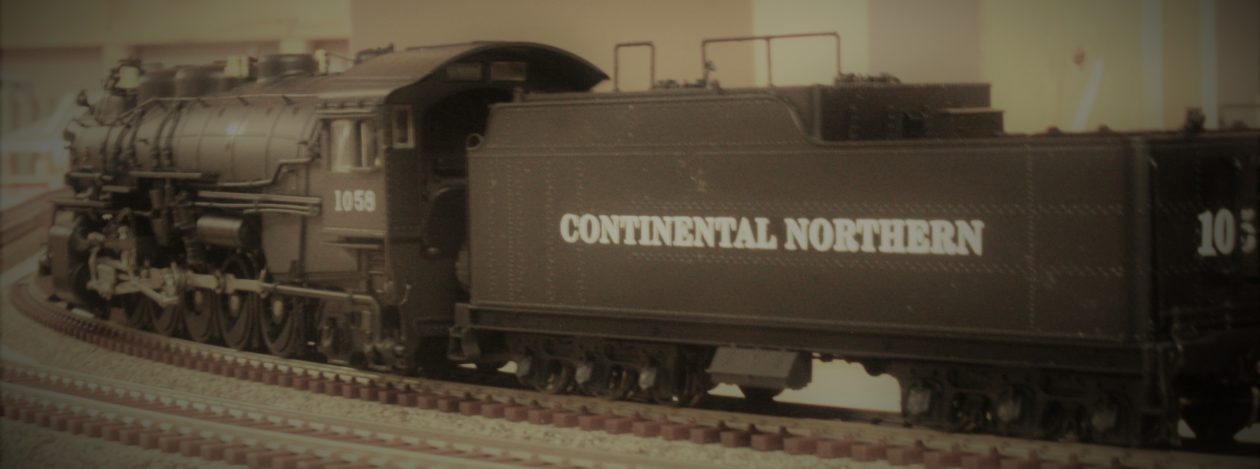I can finally report that the benchwork is finished. I still have to add the rest of the upper joists that will support the valance, but this can be done in between other projects as I have time. That is as long as I do it before any of the track work is started on the upper deck.


Next up is the deck work for the helix. However that is put on hold temporarily. As you will note the pile of stuff in the aisle in the first photo, we are putting in new carpet in the Family room and a bedroom. That means all the furniture and miscellaneous stuff has to go somewhere and guess where that is. However that doesn’t mean work will grind to a halt. The wire order has arrived. I sat down and tried to figure what I would need to wire the layout, buss wires, power wires for turnout control, Loconet wiring, signal wiring, general power wiring, etc. I believe that I covered all bases and placed an order through All Electronics (www.allelectronics.com). As I finished up the peninsula, the order arrived. So now I can start running the buss wires and wire up the staging yard. Which then means I can actually start running engines, granted only about 16 feet, but it’s something.


The first photo has all the wiring in it, the pile on the right is wire leftover from the old layout while the pile on the left is the new stuff. Included in the new stuff is: 2 conductor shielded wire for the switch machine wiring, running from Digitrax DS 64’s to the Tortoise switch machines. 4 conductor flat wire for the signals. I’m using the Atlas signal system and will make my own wires from the signal controller to the signal heads. 6 conductor flat wire for wiring up the Digitrax loconet components. 14 gauge wire in various colors for the main busses. 22 gauge solid core wire for the drop wires from the track to the busses. Colors match the main buss wires. Bicolor LED’s for indicators on the valance to indicate switch position and power to the track sections. Switches to shut off power to the staging tracks. I want to be able to shut down power to the tracks, if for no other reason so I don’t have to listen the sound equipped engines idling away while they await their turn on the road. A crimping tool for attaching the ends to the flat wires. A real soldering iron, in the past I usually bought the cheap ones from Radio Shack. Additionally new power supplies have also arrived.

On the left is the new Digitrax PS2012 (www.digitrax.com) to power the command/booster and the booster. On the right is a Meanwell 12 volt regulated power supply. I plan on using this to power the Tortoise switch machine. I think I’ll pick up an additional unit to power everything else – building lights and whatever else.
I have gotten a lot done and have a lot to do, but I’m quickly getting to the point where I get work on the “fun” stuff.
Until later, Happy Railroading…

















































